Across libraries and archives, a quiet reckoning is underway. Institutions are questioning whether the digital collections platforms they’ve relied on for years are still helping them advance their missions, or quietly working against them.
At Rollins College in Florida and the University of Puget Sound in Washington, collection stewards faced a familiar dilemma: multiple legacy systems, limited staff capacity, and rising pressure to make archival materials more accessible. Both turned to JSTOR Digital Stewardship Services to simplify their workflows and re-energize engagement with students and faculty. Their journeys reflect a growing shift across the field away from maintaining systems, and toward sustaining their mission.
The challenge: When legacy tools stop serving the work
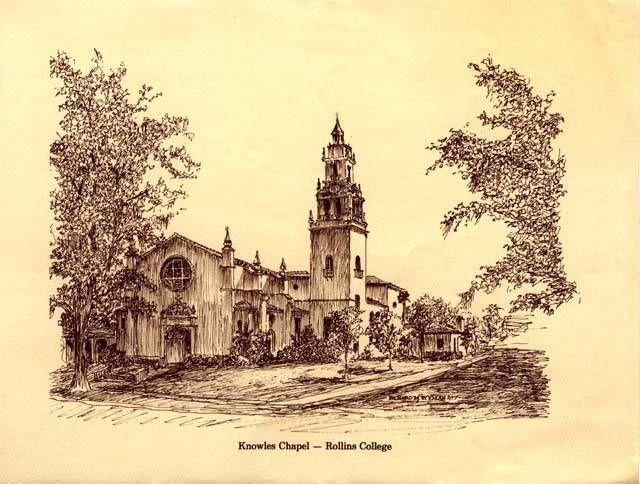
Richard M. Wyman. Artistic Look at the Knowles Memorial Chapel in 1977. 1977. Rollins Architecture and Landscape, part of Rollins College.
At both institutions, the tools that once helped manage digital collections had become barriers to progress.
At Rollins College, the library’s long-standing digital collections platform had simply stopped keeping pace. What began as a reliable way to make rare and unique materials accessible had become, in Rachel Walton’s words, “a bit of a dinosaur.” Students found it frustrating to navigate, and staff found it cumbersome to maintain. The system’s rigid administrative interface limited who could contribute, and how quickly updates could be made. Rachel Walton, Head of Library Digital Strategies and Scholarly Communication, shared, “Students were really not working with our digital collections tool… the interface was frustrating and not as searchable.”
For Rachel’s team, the disconnect between the system and the student experience cut to the heart of the library’s mission. As a teaching institution, Rollins values accessibility and integration across its digital environment. Yet the outdated tool made it difficult to sustain engagement, expand collections, or even train student workers to participate meaningfully in digital stewardship.
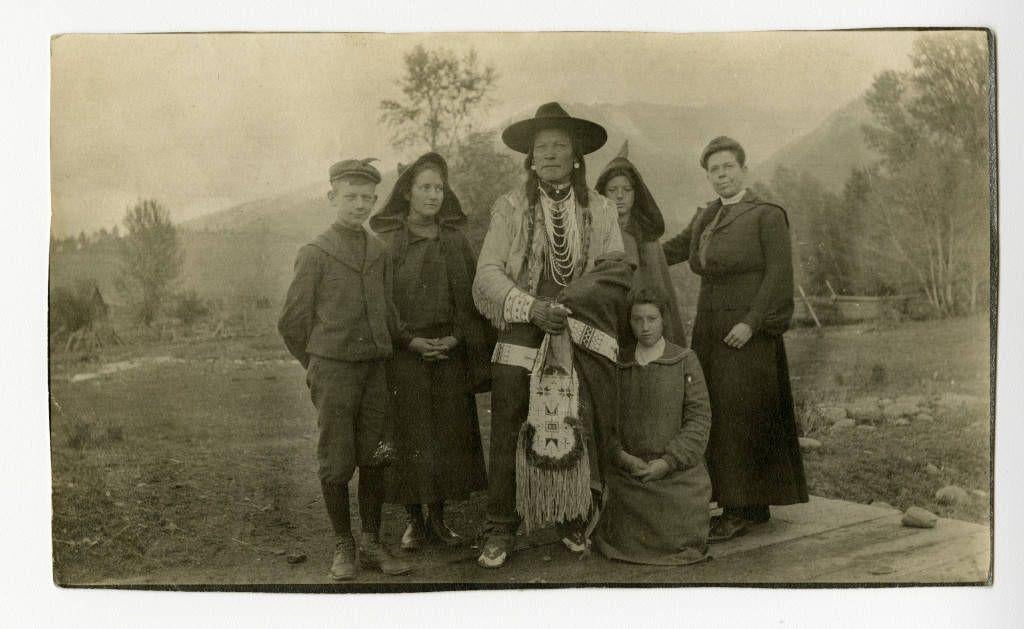
Abby Williams Hill and Her Children with White Bull. n.d. Abby Williams Hill Photos, part of University of Puget Sound.
On the other side of the country, University of Puget Sound Archivist and Special Collections Librarian Olivia Inglin faced a different, but equally complex environment. Years of incremental system adoption had left the library maintaining three separate digital platforms, a patchwork that increased costs, fragmented metadata standards, and prevented any unified strategy for growth. As she put it, “We were supporting and paying for three different digital platforms, which just was not tenable.”
The administrative overhead compounded existing staffing shortages. Without centralized infrastructure, staff struggled to create consistent metadata or train students across multiple environments. The complexity was unsustainable, and the cost, both in budget and staff time, was mounting. The result: inconsistent standards, limited visibility, and dwindling usage across platforms that were too disjointed for staff and students to navigate effectively.
Both institutions were grappling with the same problem: too many barriers between the collections and the people they were meant to serve.
The decision: Building alignment for change
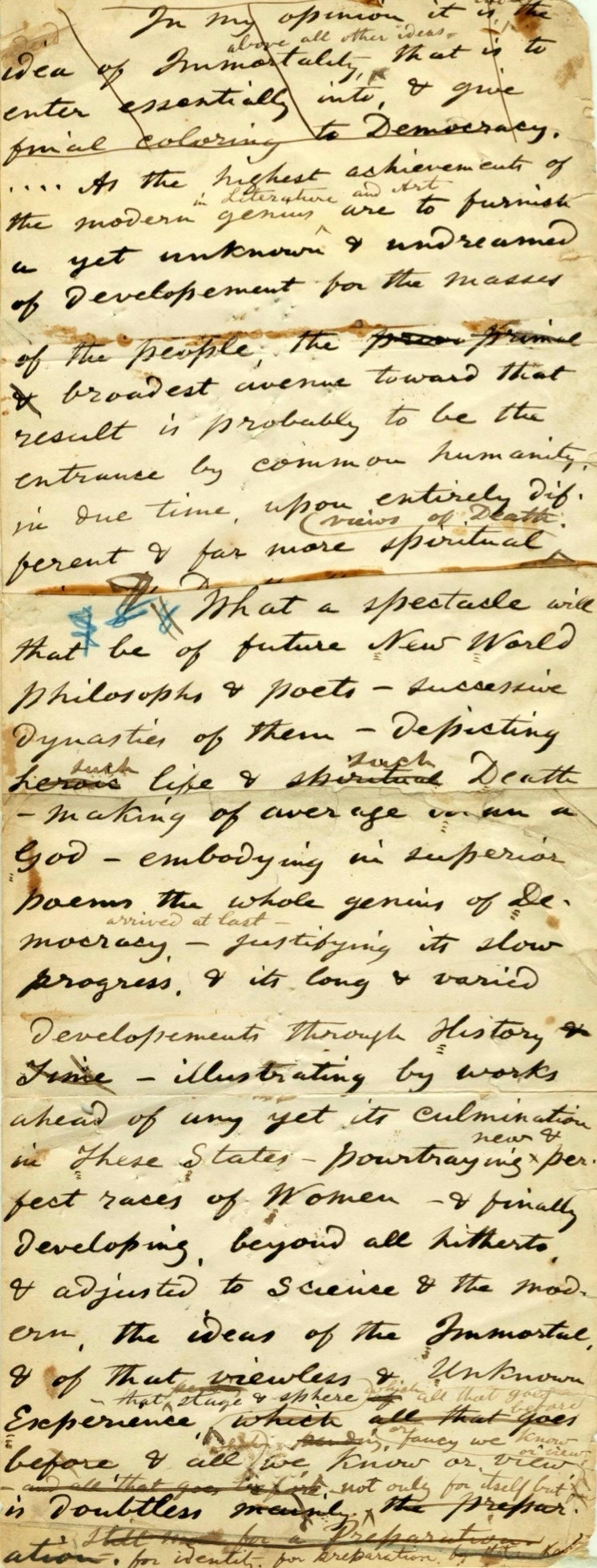
Walt Whitman Manuscript. Treasures of Rollins Archives, part of Rollins College.
For both libraries, the realization that something had to change coincided with new opportunities to make the case for modernization. At Rollins, the arrival of a new library dean opened the door to rethinking the digital collections environment. Rachel and her colleagues approached the conversation strategically, grounding their argument in data that showed declining usage, high staff time per task, and a lack of scalability. “When we came to our new dean with the argument that improving the work that was in that current system would actually be more time consuming and potentially costly than thinking about some great new tools that were already out there, that really opened up the conversation,” Rachel related.
Their case rested not just on efficiency but on alignment. JSTOR’s platform promised a modern, cloud-hosted system that could match Rollins’ commitment to teaching and preservation, while integrating seamlessly with the tools faculty and students already used.
At Puget Sound, similar reasoning drove the decision. The post-COVID budget environment made consolidation a necessity. JSTOR offered not only cost efficiency, but a values-aligned, nonprofit model built around access, discoverability, and preservation. “They opted for JSTOR because of the cost savings, the functionality, and potential services based on the roadmap at the time,” Olivia stated.
“They opted for JSTOR because of the cost savings, the functionality, and potential services based on the roadmap at the time.”
For both institutions, JSTOR represented a path toward sustainability—an opportunity to do more with less while staying true to academic and archival principles. They weren’t just choosing new technology; they were choosing to refocus staff energy on teaching, curation, and care.
The migration: From apprehension to acceleration
Migration projects are often fraught with anxiety, and both librarians acknowledged their initial reservations. Yet in practice, the transition to JSTOR Stewardship proved to be one of the smoothest stages of the process.
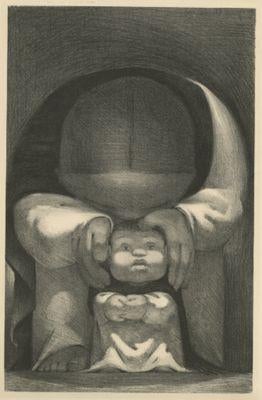
Jean Charlot. First Steps. 1936. University of Puget Sound Art Collection, part of University of Puget Sound.
At Puget Sound, Olivia led the migration of 39 collections using JSTOR’s OAI harvesting tools. The process was straightforward and largely self-service, requiring little more than inventorying collections and submitting requests for automated harvesting. “The process was very simple for us… it was just basically submitting a Google form multiple times, which was very easy on our end,” Olivia imparted.
Even where metadata inconsistencies surfaced, the JSTOR migration became an opportunity for long-overdue standardization. Olivia’s team used the transition to develop a metadata manual, and create new internal workflows for maintaining digital consistency going forward.
Rollins’ migration was faster still. Faced with a 30-day deadline to exit its old system, the team worked closely with JSTOR’s support staff and completed the full migration in just three weeks, well ahead of schedule. “The whole thing was accomplished in just 3 weeks,” she said. “We then worked with the JSTOR team to do a quality check, and they were really insightful in helping us figure out a workflow that our student workers could execute with us.”
“The whole thing was accomplished in just three weeks… We then worked with the JSTOR team to do a quality check and they were really insightful in helping us figure out a workflow that our student workers could execute with us.”
The experience reframed expectations of what digital infrastructure change could look like: organized, supported, and empowering rather than disruptive.
The result: Streamlined systems and revitalized engagement
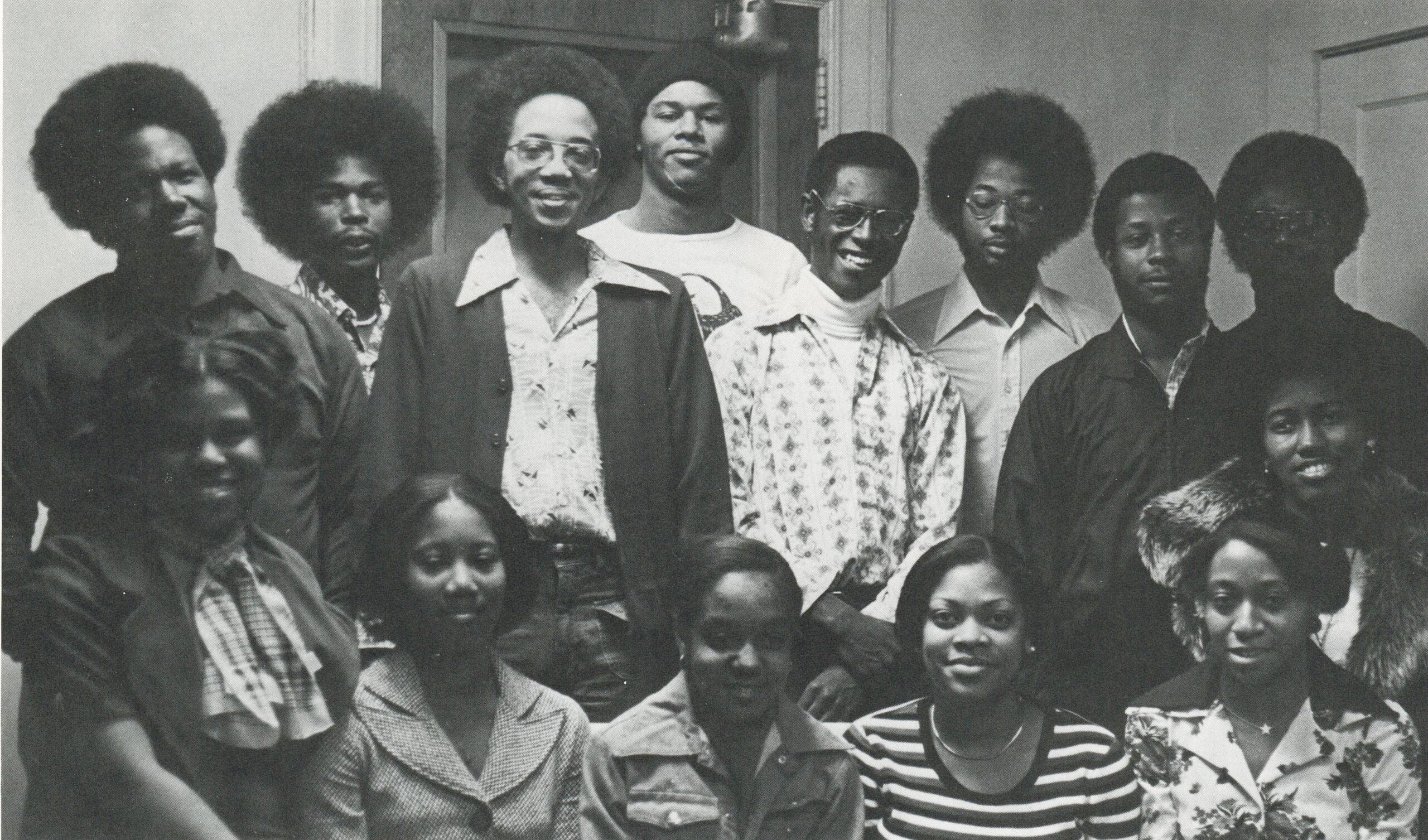
Black Student Union, 1975-1976. 1975-1976. Pathway to Diversity at Rollins, part of Rollins College.
Once the new platforms were live, the impact was immediate. Puget Sound’s library staff found themselves able to standardize workflows and improve patron access across all collections. “It’s easy to be able to just go in, give [patrons] one link or a link to a sub-collection,” Olivia said. “The functionality, the finding features—it’s been a really big benefit.”
Standardization became achievable, and student workers were able to meaningfully contribute to digitization and metadata remediation, tasks that had once been too technical to delegate or required significant staff oversight.
At Rollins, the gains were even more visible in the classroom. By housing its collections within the JSTOR ecosystem, the library bridged the gap between research databases and archival content. Students who already knew JSTOR as a trusted academic resource could now discover their college’s own materials alongside scholarly sources. “Students are already very familiar with JSTOR’s platform,” Rachel shared. “Using that platform as the gateway to our collections has been really transformative.”
“Students are already very familiar with JSTOR’s platform… Using that platform as the gateway to our collections has been really transformative.”
By situating the college’s archival collections within the JSTOR ecosystem, the library connected students’ everyday research habits to the college’s unique history and materials. Engagement increased, and what Rachel called “beautiful serendipitous searching” became part of the learning experience.
The library’s workflows have evolved as well. With intuitive metadata tools and role-based permissions, student workers can now easily assist with cataloging and quality assurance. “Training student workers to use this tool takes maximum 25 minutes,” Rachel said.
New possibilities: Scaling description through JSTOR Seeklight
Rollins’ early participation in the JSTOR Seeklight pilot introduced a new layer of efficiency. The AI-assisted tool for collections processing helped Rachel’s team generate metadata for over 500 images in under an hour—work that once would have taken weeks or months. Rather than doing manual data entry, student workers helped by reviewing the outputs. “We uploaded 500 photographs from a new collection in less than 45 minutes. All of the metadata is ready to go,” Rachel conveyed. “We could not have done that in our previous system.”
For a small liberal arts library with limited staff, the ability to scale processing while maintaining professional oversight was transformative. “The scale is really life altering in terms of workload, but also impact,” Rachel said. “We can make materials discoverable faster, better, and in the places where people are already working.”
“The scale is really life altering in terms of workload, but also impact… We can make materials discoverable faster, better, and in the places where people are already working.”
AI became not a replacement for professional judgment, but an accelerator, freeing staff to focus on context, teaching, and care.
Impact on teaching and research: Collections as living curriculum
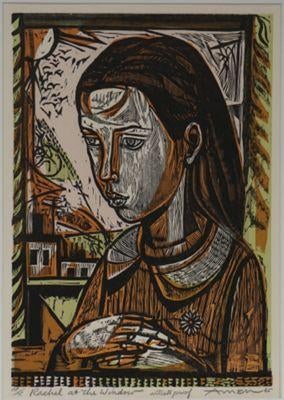
Irving Amen. Rachel at the Window. 1965. University of Puget Sound Art Collection, part of University of Puget Sound.
At Puget Sound, the new system has reconnected digital collections to the classroom. Olivia regularly integrates archival materials into instruction, helping students explore their campus history through digitized yearbooks, newspapers, and photographs. “It’s been really, really wonderful to be able to do these class sessions and then point our students to the digitized version,” she said. “I have student groups who want to know about their own history and I’m able to point them in the direction of those collections.”
At Rollins, faculty are incorporating the collections into broader conversations about information literacy and AI, helping students think critically about how technology shapes access to knowledge. “Faculty are really interested in helping students think bigger than chatbots right now,” Rachel shared. “These collections have been ways that faculty can rethink what it means for students to interact with primary sources and unique materials in a meaningful way.”
“These collections have been ways that faculty can rethink what it means for students to interact with primary sources and unique materials in a meaningful way.”
Through JSTOR Stewardship, both libraries have reconnected digital collections to teaching, making them active components of learning rather than static archives.
From maintenance to momentum
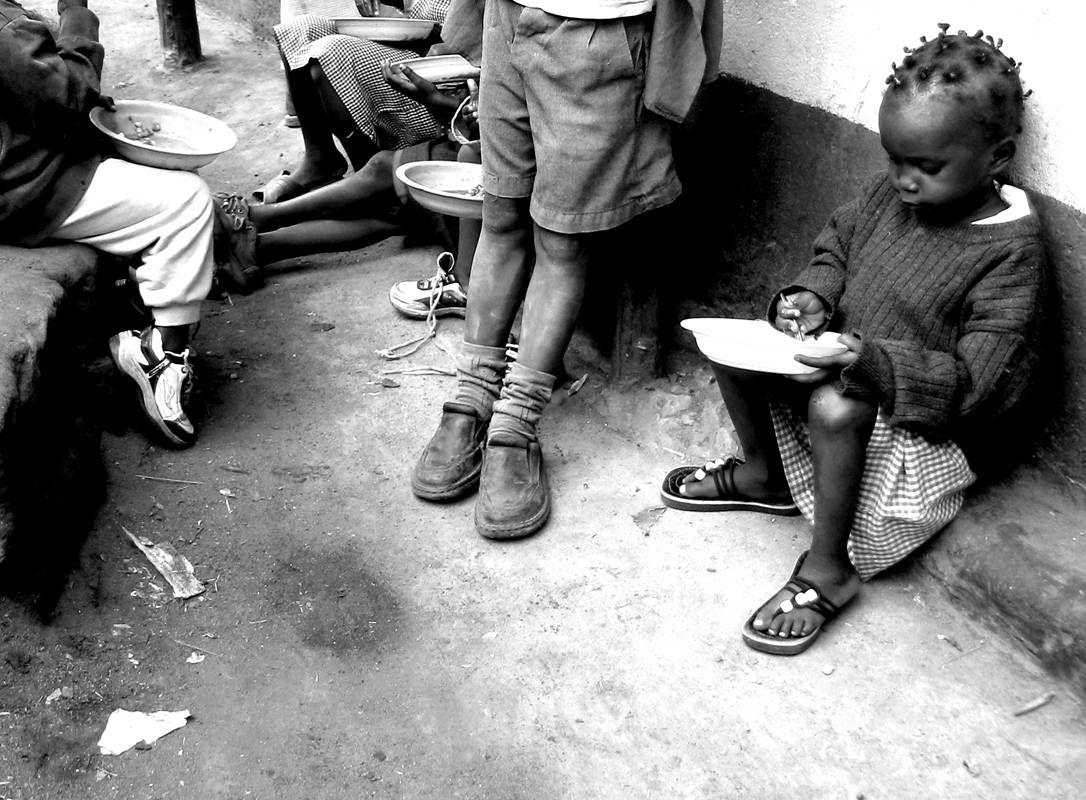
Emily Ginnel. Stacia. 2008. Rollins College Student Art Gallery and Archive, part of Rollins College.
By consolidating fragmented systems and adopting a hosted, mission-aligned platform, Rollins College and the University of Puget Sound have shifted their focus from maintenance to momentum. Freed from the constraints of outdated infrastructure, their teams can now invest in the work that matters most: connecting students and scholars to distinctive collections that illuminate their institutions’ histories and futures. Rachel related, “We’ve seen more improvements in that tool in less than a year than we have in the tool we used for almost 15 years.”
“We’ve seen more improvements in that tool in less than a year than we have in the tool we used for almost 15 years.”
This experience reflects a broader transformation across the field: libraries moving beyond maintenance toward momentum, guided by platforms that center accessibility, sustainability, and community. The lesson from both institutions is clear: modern stewardship isn’t about adding more technology—it’s about choosing the right technology backed by a partner who shares a commitment to advancing your mission.

Partner with JSTOR to streamline collection management, strengthen preservation, and amplify global visibility, just like Rollins College, the University of Puget Sound, and 300+ other institutions.